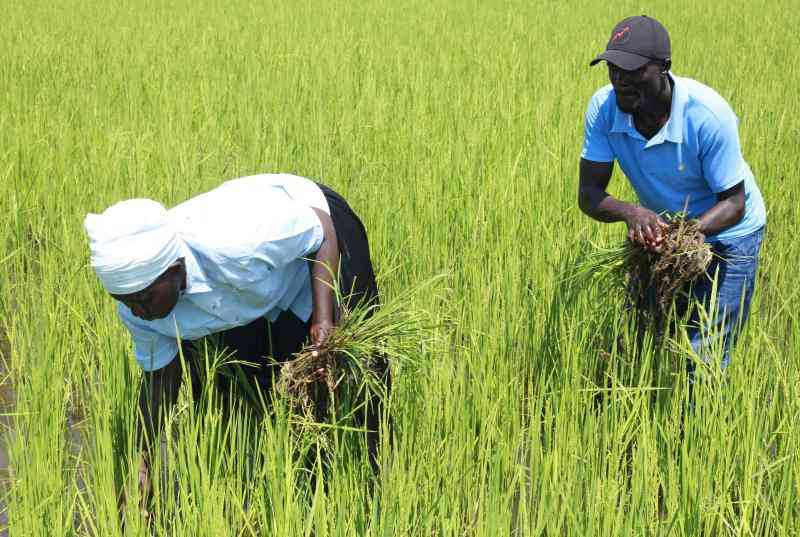×
The Standard e-Paper
Home To Bold Columnists

After years of struggling with IR 27 rice, farmers are now embracing the cultivation of Basmati rice. However, to convince farmers to adopt Basmati, introduced early last year, in Ahero, Kisumu County, was not an easy task.
Farmers shared that they had grown desperate of the IR 27 variety and no longer interested in growing any kind of rice. In fact, majority had resorted to leasing their land for extra income instead of planting rice.